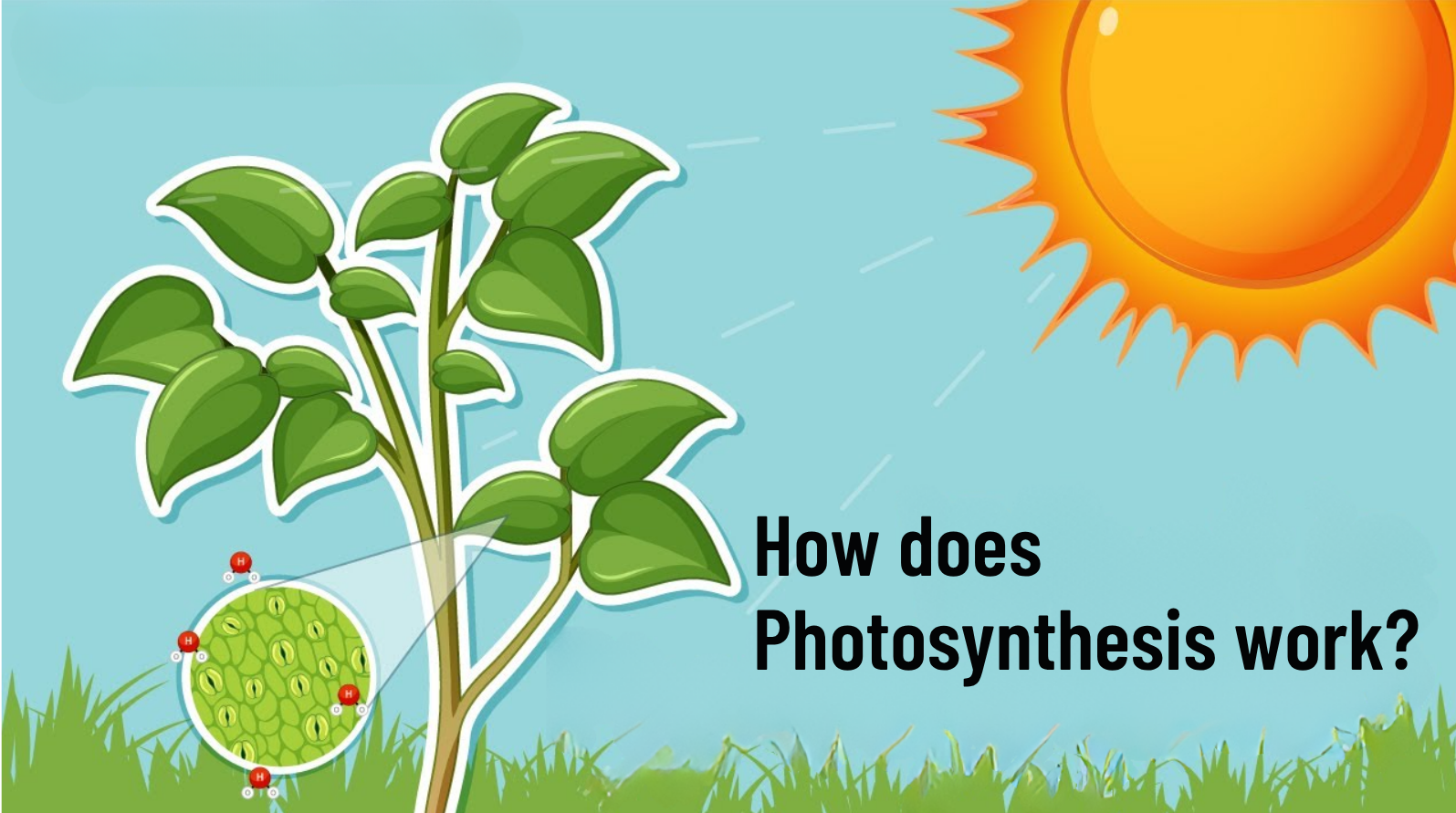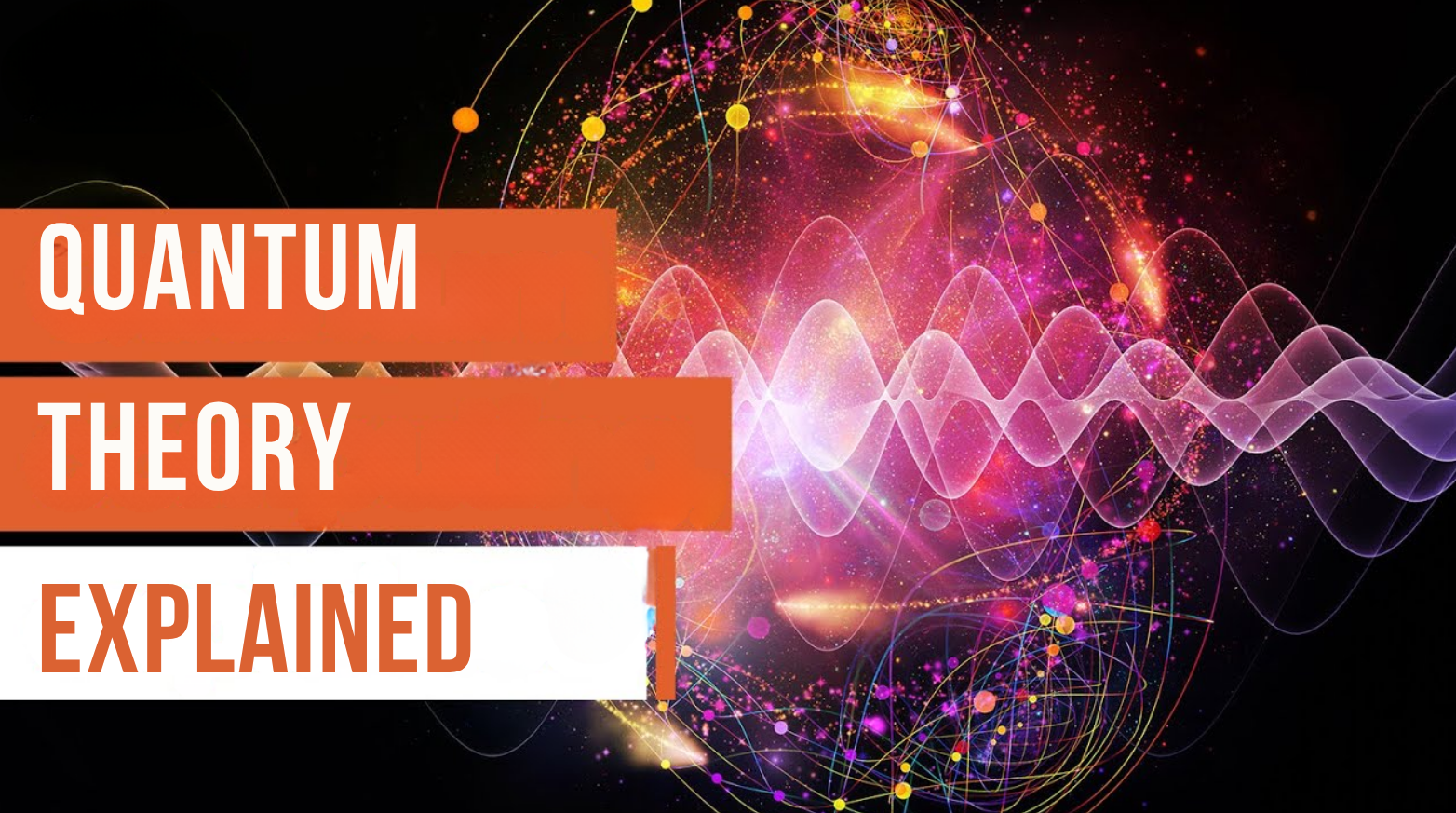Have you ever wondered how plants “eat” without a mouth or how a tree turns sunlight into energy? The answer lies in one of nature’s most remarkable processes: photosynthesis. This process not only fuels the entire plant kingdom but also provides the oxygen we breathe.
In this article, we’ll break down the science of photosynthesis how it works, why it’s vital, and how it sustains life on Earth.
What Is Photosynthesis?
Photosynthesis is the process by which green plants, algae, and some bacteria convert sunlight, carbon dioxide (CO₂), and water (H₂O) into glucose (a type of sugar) and oxygen (O₂).
Put simply:
Sunlight + Water + Carbon Dioxide → Sugar + Oxygen
This process takes place in the chloroplasts of plant cells, where a green pigment called chlorophyll captures sunlight. That’s why most plants are green—chlorophyll is dominant in their leaves.
The Two Main Stages of Photosynthesis
Photosynthesis occurs in two key stages:
1. Light-Dependent Reactions (Occurs in sunlight)
-
Takes place in the thylakoid membranes inside the chloroplasts.
-
Chlorophyll absorbs sunlight and uses that energy to split water molecules (H₂O) into hydrogen and oxygen.
-
The oxygen is released into the air (which we breathe!).
-
The energy from sunlight is stored in two energy-rich molecules: ATP and NADPH.
2. Light-Independent Reactions (Calvin Cycle)
-
Takes place in the stroma (fluid inside the chloroplast).
-
The ATP and NADPH made earlier are used to convert carbon dioxide (CO₂) into glucose (C₆H₁₂O₆).
-
Glucose is used by the plant for energy or stored for future use (e.g., in fruits, roots, or seeds).
Why Is Photosynthesis Important?
Photosynthesis is the foundation of life on Earth. Here’s why:
-
🌿 Provides Food: It’s how plants make their own food and indirectly how we get ours.
-
🌬️ Releases Oxygen: It produces the oxygen we need to breathe.
-
🔄 Absorbs Carbon Dioxide: It helps reduce greenhouse gases and combat climate change.
-
🌎 Drives Ecosystems: Every food chain begins with a photosynthetic organism (usually a plant or algae).
Fun Facts About Photosynthesis
-
Algae in oceans do over 50% of the world’s photosynthesis making them silent heroes of our planet.
-
A single mature tree can produce enough oxygen in a year for two people to breathe.
-
Artificial photosynthesis is being researched as a clean energy source mimicking nature to generate fuel from sunlight.
Conclusion
Photosynthesis is more than just a biology term it’s the engine behind all life on Earth. By capturing sunlight and transforming it into energy, plants not only feed themselves but power entire ecosystems, clean the air, and stabilize our climate.
Understanding photosynthesis helps us appreciate the hidden but powerful systems that support life and why protecting plants and forests is essential for our future.









